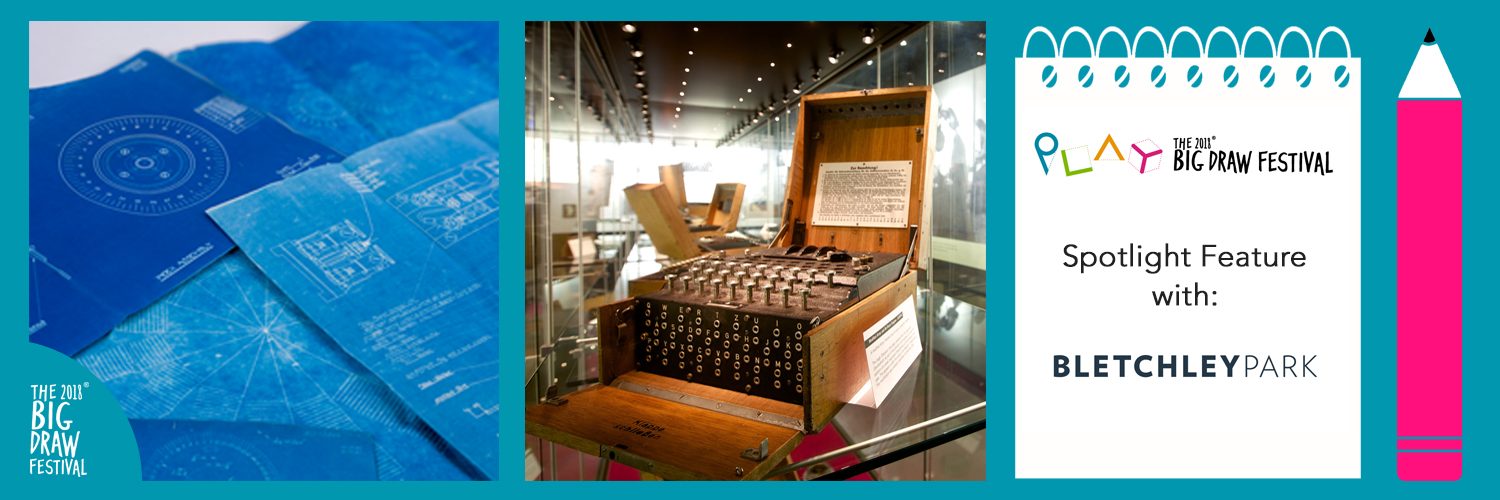
As the home of British code breaking and birthplace of modern information technology, Bletchley Park was vital to the ultimate Allied victory in World War Two. For those of our readers who may not be familiar, can you tell us a little more about Bletchley Park’s history, and why it was so significant during the course of WW2?
Bletchley Park holds a unique place in the history of the United Kingdom. It is on this site that the World War Two codebreaking operation succeeded in breaking the seemingly impenetrable codes and ciphers that were being used by the German, Italian and Japanese forces. This produced vital intelligence in support of Allied military operations on land, at sea and in the air. Bletchley Park also heralded the birth of the information age with the industrialisation of the codebreaking processes enabled by machines such as the Turing/Welchman Bombe, and the world’s first electronic computer, Colossus.
At the end of the war, General Dwight D. Eisenhower, Supreme Allied Commander of Allied forces wrote: ‘The intelligence which has emanated from you before and during the campaign has been of priceless value to me. It has simplified my task as a commander enormously. It has saved thousands of British and American lives…’
Today the park is a vibrant heritage attraction, open daily, where visitors can walk in the footsteps of the men and women whose vital work stayed secret for so many years.
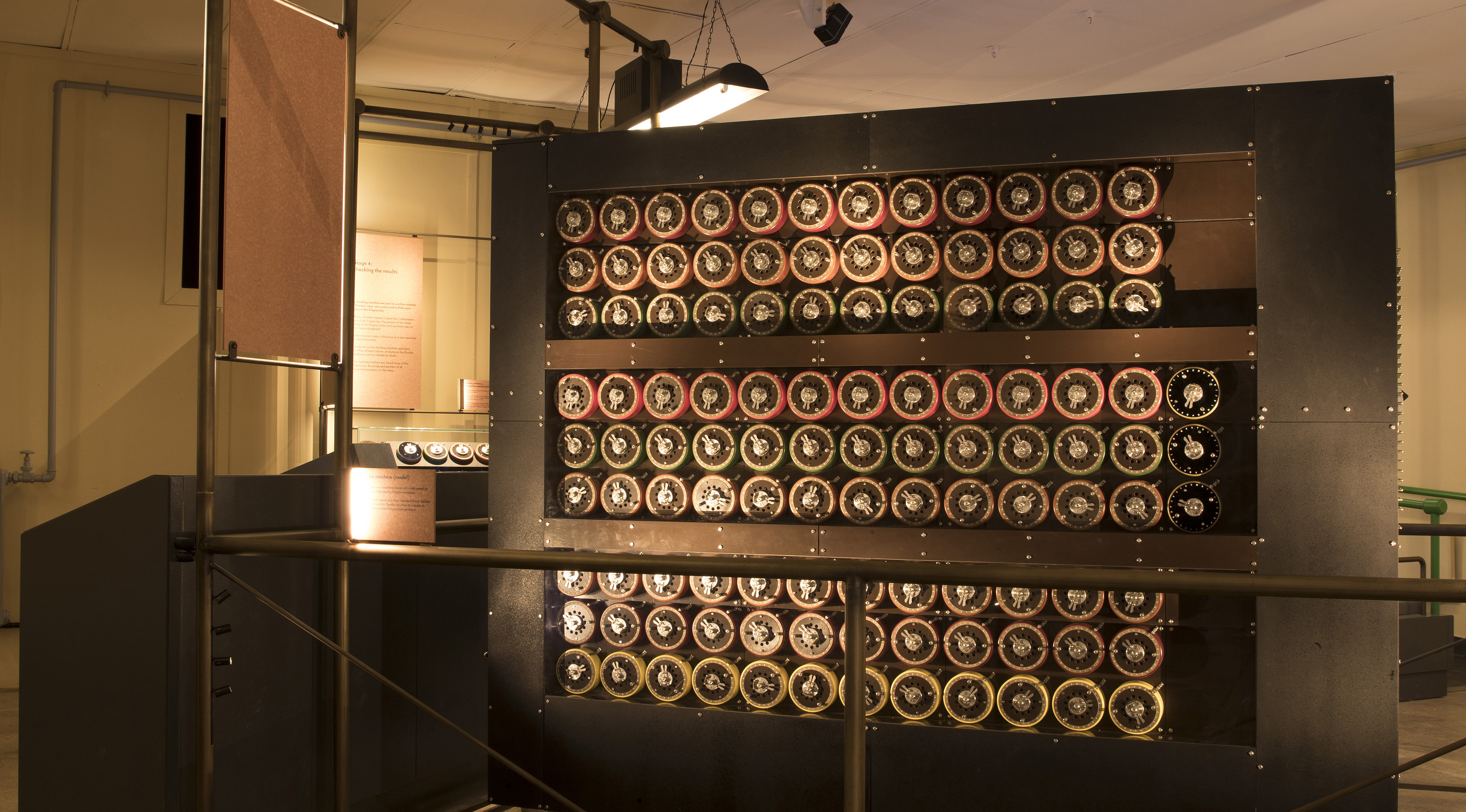
Bletchley Park is an internationally renowned heritage attraction, and brings in an ever-growing number of visitors every year (with over 250,000 visitors in 2016!). How does Bletchley Park deal with this immense increase in public interest? I understand that a ten-year Master plan has recently been developed to support the transformation of Bletchley Park; do you think this will help to ensure that your collections continue to engage Bletchley’s rapidly increasing audience?
The wartime story of Bletchley Park has enjoyed phenomenal attention in the media over recent years. Following the successful completion of the first phase of restoration in 2014, the next stage of development will enable Bletchley Park to reflect the remarkable story of this iconic historic site. As new physical spaces open, Bletchley Park is turning its attention to the long term capital development of the site and what these spaces can offer to engage new audiences. Unifying the heritage of Bletchley Park will be achieved by opening the remaining buildings at the heart of the site for the first time. By presenting ‘what happened here’ in the refurbished spaces in a way that connects with audiences, more people will be aware of what happened at Bletchley Park and the relevance the story still has today.
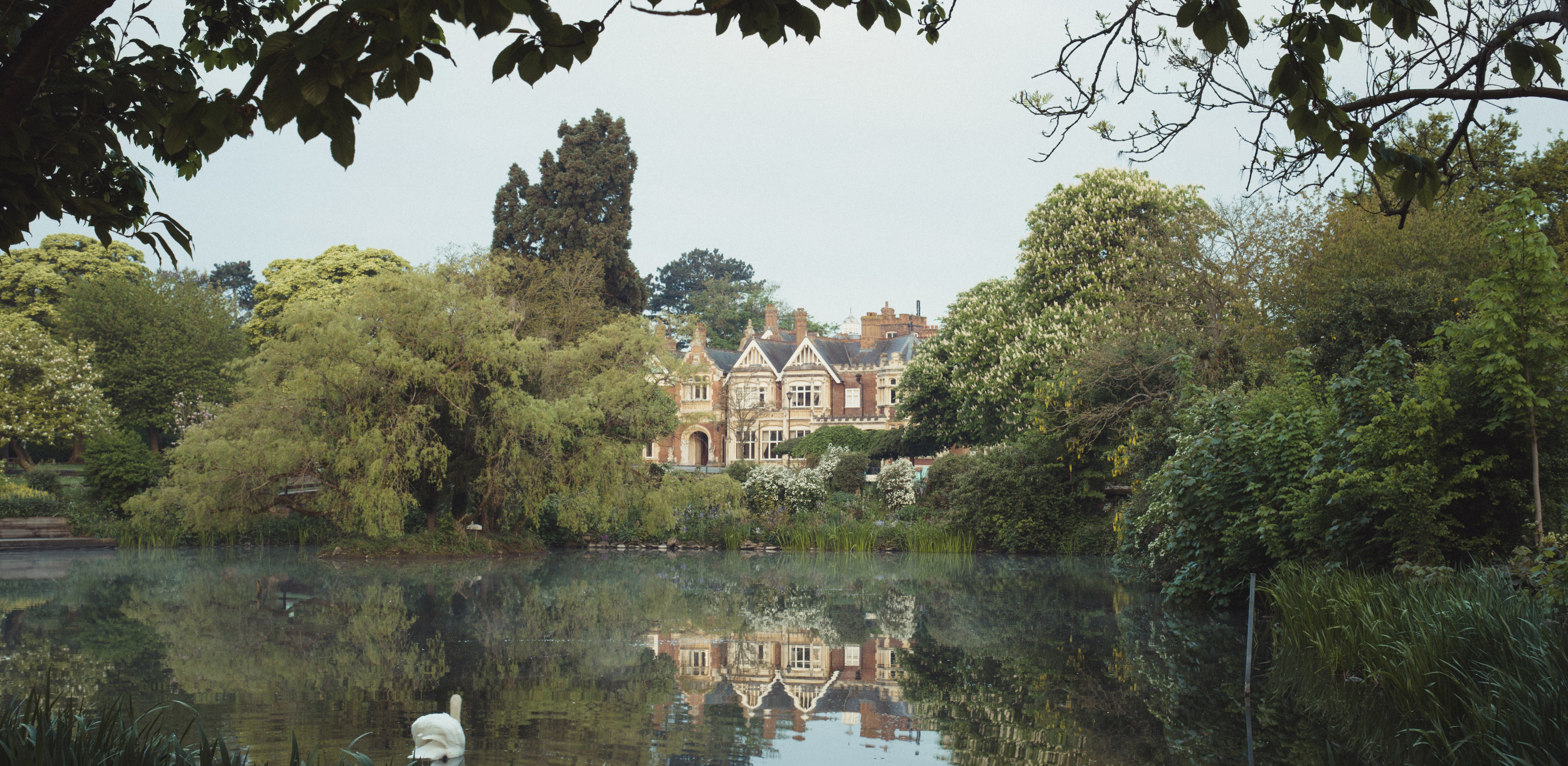
On your website, you have stated that “Bletchley Park brings together the dramatic history of the twentieth century with the challenges we face in the twenty-first in our rapidly changing and technologically complex society.” Can you tell a little more about why the history of Bletchley Park remains so relevant in the 21st century?
At the end of World War Two the expertise developed at Bletchley Park was taken forward in the organisation known now as the Government Communications Headquarters (GCHQ). This highly efficient intelligence-gathering machine is aided by the special relationship with America, the genesis of which came from the UK-US collaboration at Bletchley Park. Today Bletchley Park is a heritage site designed to preserve the uniquely important story of the Codebreakers of WW2.
In such a rich and multi-layered story, there are many more parallels to be drawn - people working together towards a common aim, problem-solving skills, creativity, resilience and communication. There are also the links to modern-day cyber security - just as Enigma operators were often careless about following protocol, so do we tend to use repeated or predictable passwords or unsafe practices in today’s online world.
The technological innovation that began at Bletchley Park continues to be a part of all our lives today.
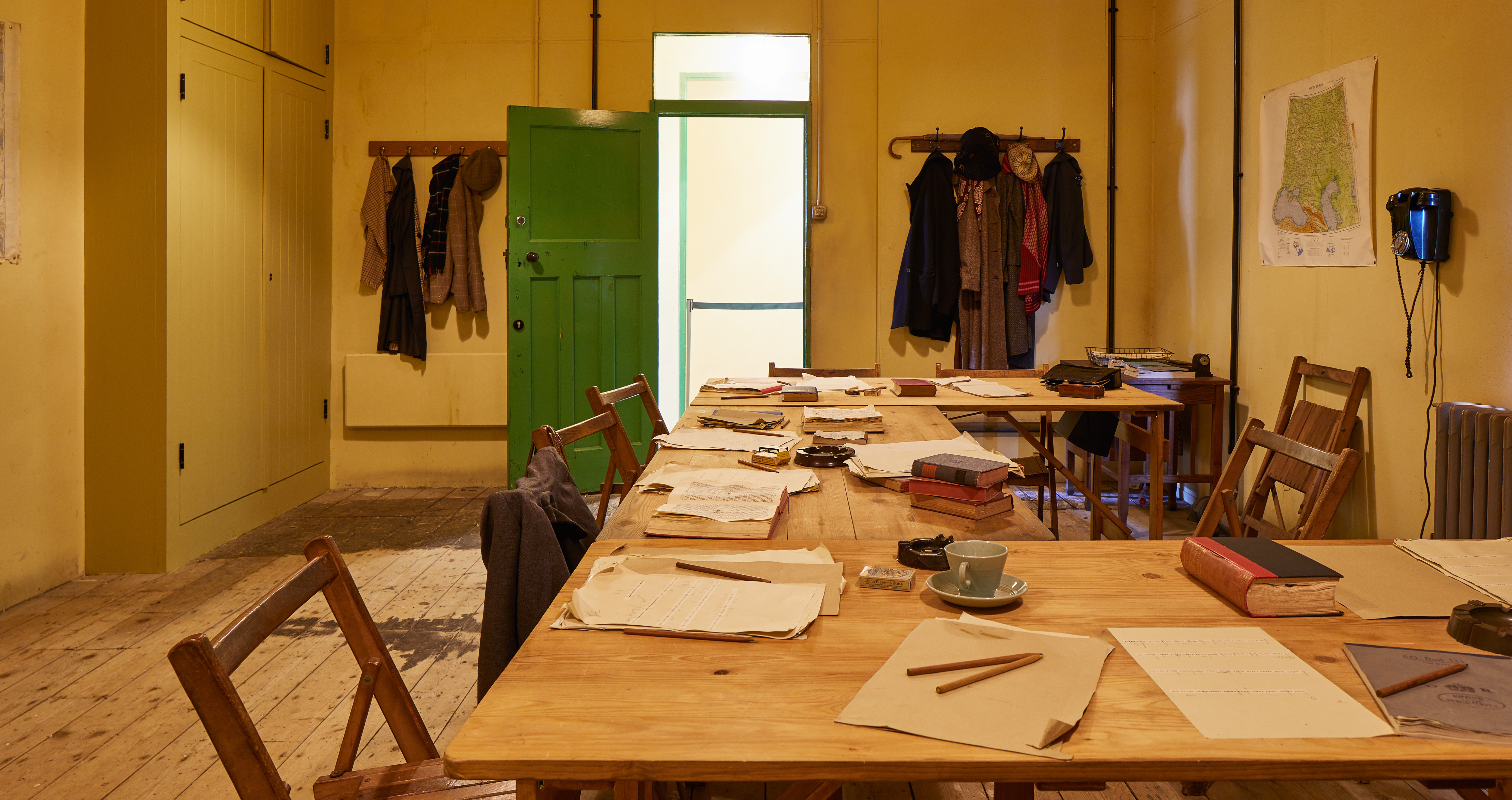
We believe that drawing is a universal language, and one which stretches far beyond the realm of visual arts. Drawing is a vital tool in many professions: From mathematicians, to surgeons, therapists to engineers. What role, if any, do you think that drawing plays in Code breaking? Would figures such as Alan Turing have used drawing as a tool for problem-solving?
The Bletchley Park archive includes several thousand original technical drawings and blueprints for Bombe machines - an innovative and incredibly complex machine which helped the Codebreakers find the rotor settings for enigma machines. Beautifully detailed and precise, the blueprints were all created by hand by the engineers at the British Tabulating Machine Company in Letchworth, who were tasked with building the Bombes. The drawings relate to some of the different types of Bombe machine which were developed over the course of World War Two in response to changes in design and operation of Enigma cipher machines. Together they are testament to the enormous effort that went into producing the Bombe machines.
Alan Turing’s High School Certificate examiner said of his work:
‘Turing showed an unusual aptitude for noticing the less obvious points to be discussed or avoided in certain questions and for discovering methods which would at once shorten or illumine the solutions. But he appeared to lack the patience necessary for careful computation or algebraic verification and his handwriting was so bad that he lost marks frequently - sometimes because his work was definitely illegible and sometimes because his misreading his own handwriting led him into mistakes.’ (Transcript by Ethel Turing, Sherborne School Archive.)
One term he made a star chart of the most intricate design Victor Cannon-Brookes, C.C.M. - A Memoir, unpublished, with thanks to Christopher Morcom QC.

This year, The Big Draw Festival is celebrating the power of Play in the creative process. With the ideas of innovation, discovery and lateral thinking being key to the theme of Play, how do you think this resonates in the day-to-day happenings at Bletchley Park?
There is a natural crossover between play and puzzles. Many of the Bletchley Park Codebreakers were very talented at a range of maths and language puzzles, and enjoyed doing them in their free time. Hugh Alexander was an International Chess Master, Dilly Knox liked riddles and Bill Tutte enjoyed playing mastermind.
In January 1942, a crossword competition was run by The Daily Telegraph newspaper. Five people beat the 12-minute deadline set. Unknown to the Telegraph and the contestants, the War Office was watching. Stanley Sedgewick, one of those who took part, received a letter as a consequence inviting him to make an appointment with a Colonel Nichols on a matter of national importance. Mr Sedgewick, and several others who took part in the competition, ended up working at Bletchley Park, breaking German military codes.
Crosswords are about getting inside the mind of your opponent, and in the same way, codebreaking was about getting inside the mind of your enemy. The Codebreakers came to know the people encoding the messages individually, by their styles, as crossword-solvers come to know setters. Codebreaker Mavis Batey worked out that two of the Enigma machine operators had girlfriends called Rosa: ‘She worked it out, trying different options, like in a crossword. Once it worked once, it was an obvious option elsewhere,’ says author Michael Smith.
‘Whether it’s a simple cipher, or something as complex as the codes of the Enigma machine which the Bletchley codebreakers were working on, the trick is making links between letters and words. Crosswords are the same sort of lateral thinking exercise,’ explains Michael Smith, author of Station X: The Codebreakers of Bletchley Park.
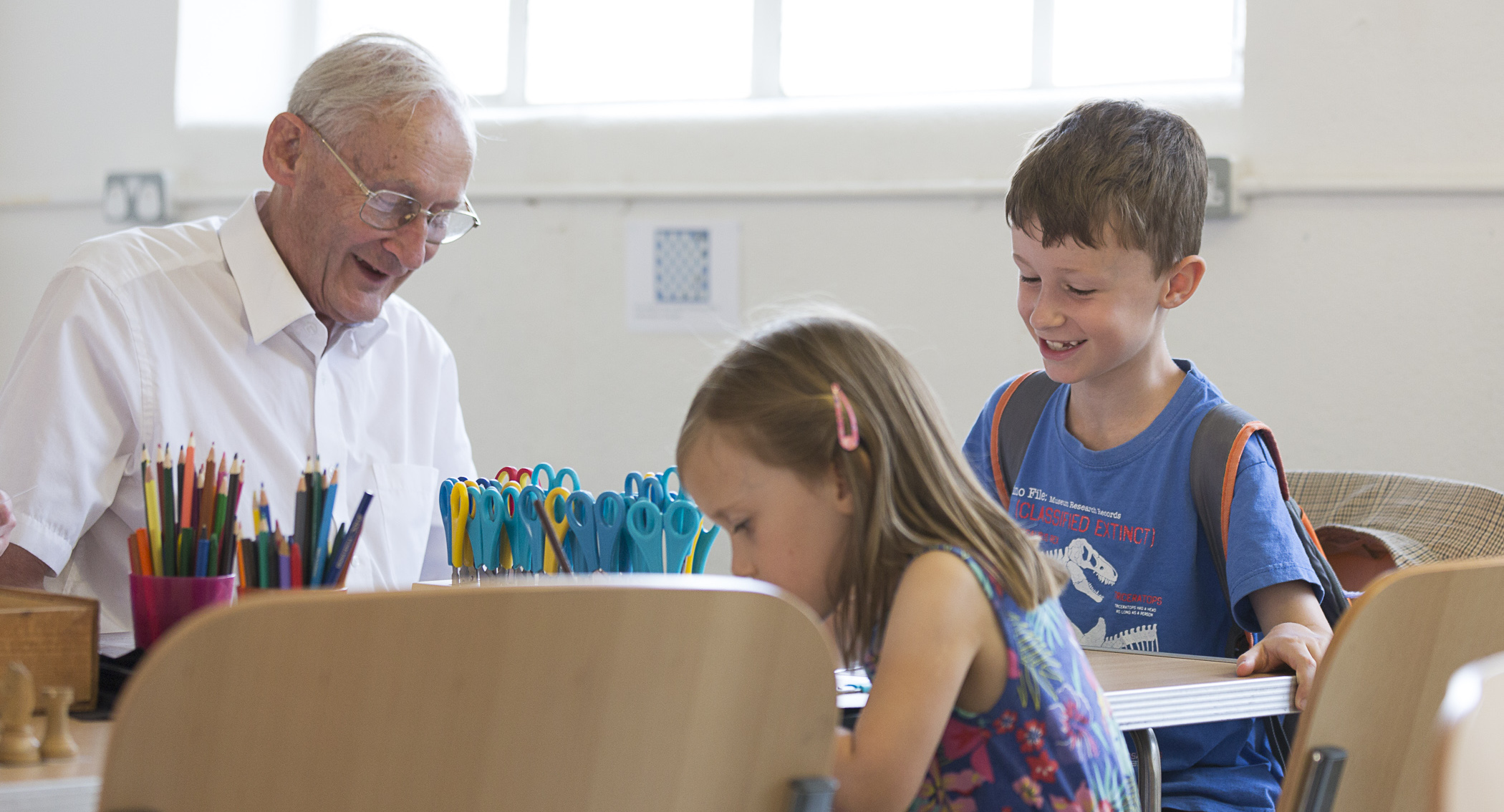
In 1991, when the site was saved from being demolished by the Bletchley Archaeological and Historical Society, one of the main aims was to keep Bletchley Park’s story alive for the education and enjoyment of future generations. Do you think that Play is important in engaging and educating Bletchley’s visitors?
Play can bring people into a topic and help them to identify more closely with aspects of it, so it’s a great way of encouraging people to explore our story, and to see the relevance of it to their modern lives. It helps us to explore the boundaries of what we know, and to make discoveries of our own without having to worry about whether there’s a “point” to what we are doing. In attempting to understand new things we often make games of them - many people’s first forays into the world of computing are based around coding games of increasing complexity as they discover new techniques and procedures. This is not a new thing by any stretch: history is littered with examples of games being made out of new and emerging technologies. The exponential development of computers has arguably been driven in part by attempts to make computers better and better at chess, and to play what has come to be known as the “Imitation Game”.
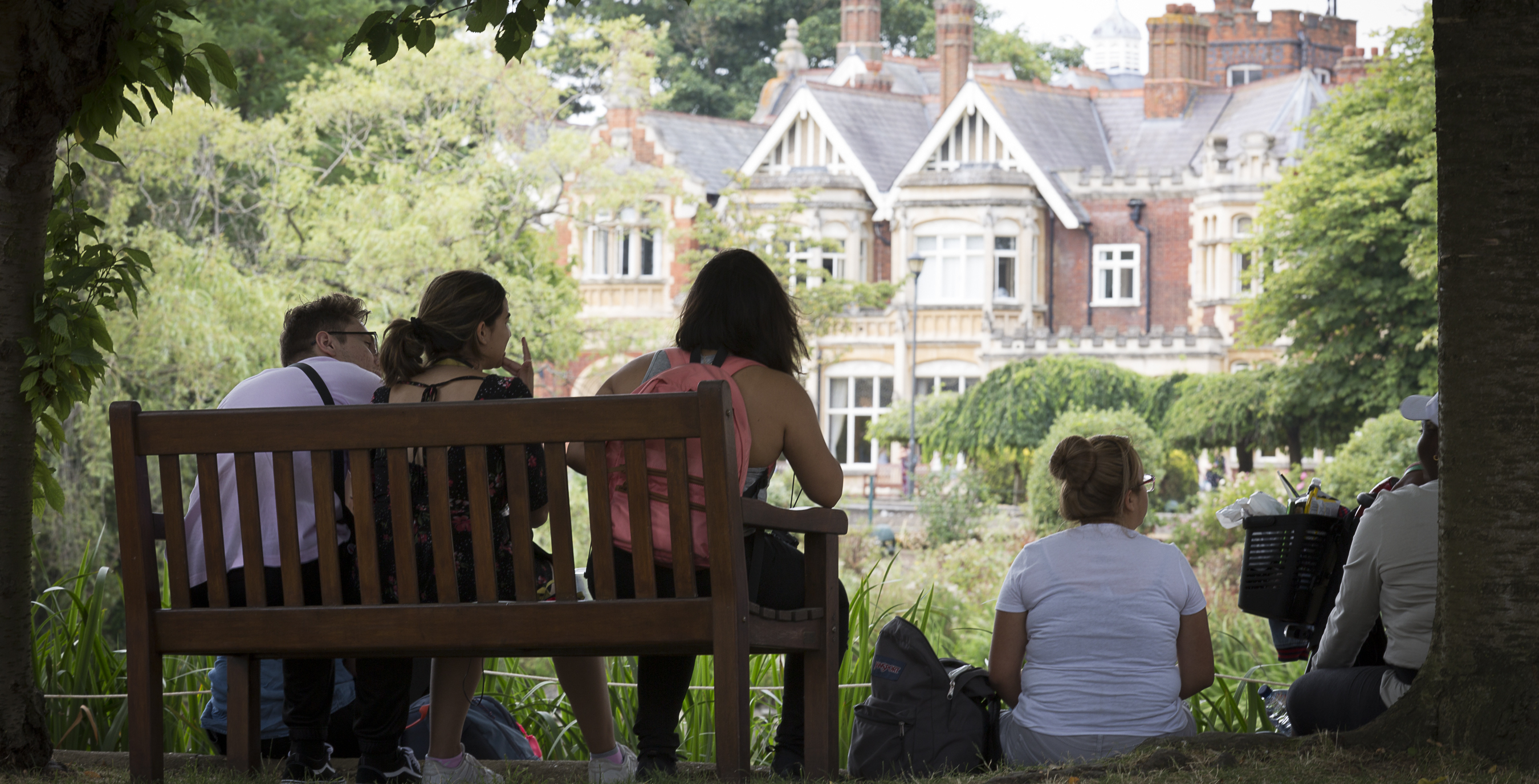
One of the main components of our work here at The Big Draw is promoting the influence of visual literacy. Recent research suggests that developing a creative mindset is becoming more important than ever. Advances in technology and modern innovations all point to a visual eye being a key asset for communication and expression in the digital age. What is your opinion on the importance of a creative approach to problem-solving, and the role of visual literacy in the digital age?
Encrypted material was one of the problems to be solved at Bletchley Park. Then, as now, if you study cryptanalysis you do so as part of a mathematics course, because mathematics is all about solving problems: Mathematics has always been a creative discipline. 19th Century Russian Mathematician Sofia Kovalevskaya said that “It is impossible to be a mathematician without being a poet in soul,” and there is no shortage of mathematicians who have uttered similar sentiments. Bletchley Park arguably saw the dawn of the age of the digital computer in 1943, born from a need to develop new ways of thinking about complex problems on an unprecedented level. Mathematics provided a framework within which to visualise these problems in revolutionary ways, and engineers visualised ways in which to render solutions. Creativity is absolutely key to problem solving, and to all of the disciplines which work towards it.
Creativity and problem-solving are a key part of our approach to learning programmes and activities at Bletchley Park.
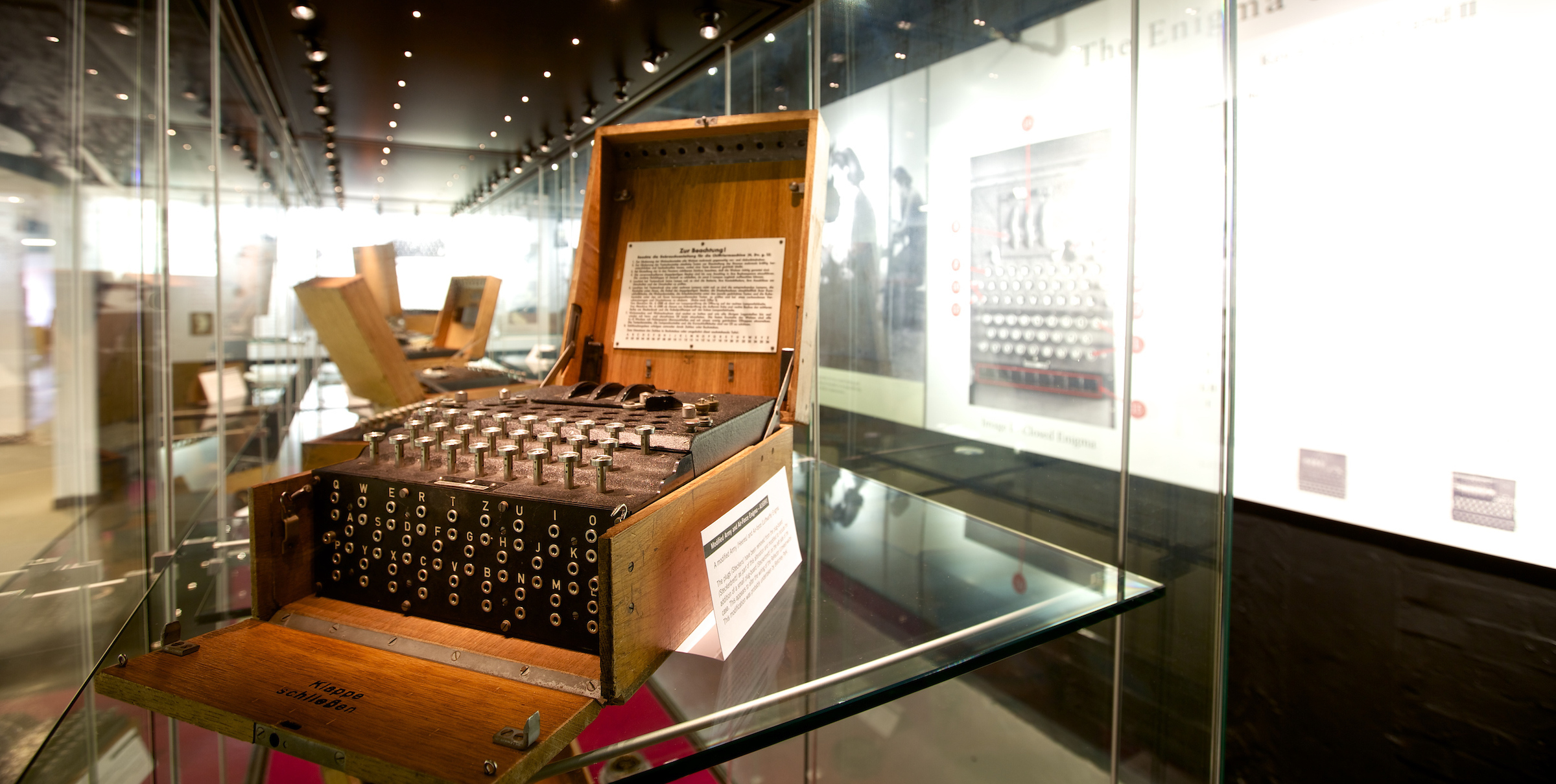
Bletchley Park’s ‘Mission Possible’ Big Draw events are taking place during the October half term from the 23rd to the 25th. What should people expect from this year’s events, and why they should get involved?
During the October half term, artist Alex Sutton-Vane alongside the Bletchley Park Learning team will deliver a series of family workshops as part of The Big Draw: an international festival of drawing and art.
Entitled ‘Mission Possible’, the workshops will encourage families to collaborate using problem solving skills and creativity. Much like the wartime Codebreakers, the workshops will mirror a similar process of working together in small teams on something bigger, where everyone has their own important part to play but they don’t necessarily know yet how everything will fit together as part of the bigger picture.
Alex Sutton-Vane will work with families to create a secret installation of paper and card. The origami-style activities build on influences from our archival paper-based collections, the Japanese codebreaking element of the Bletchley Park story and its nature of secrecy and innovation. They coincide with the last week of Sally Annett’s temporary art exhibition, ‘Systems of Philosophy – Wall(paper)s of Mind’ which consists of printmaking and artworks along similar themes.
Most suitable for children aged 5 to 14 years, families can drop in any time between 11.00-15.30 on 23rd, 24th and 25th October 2018.
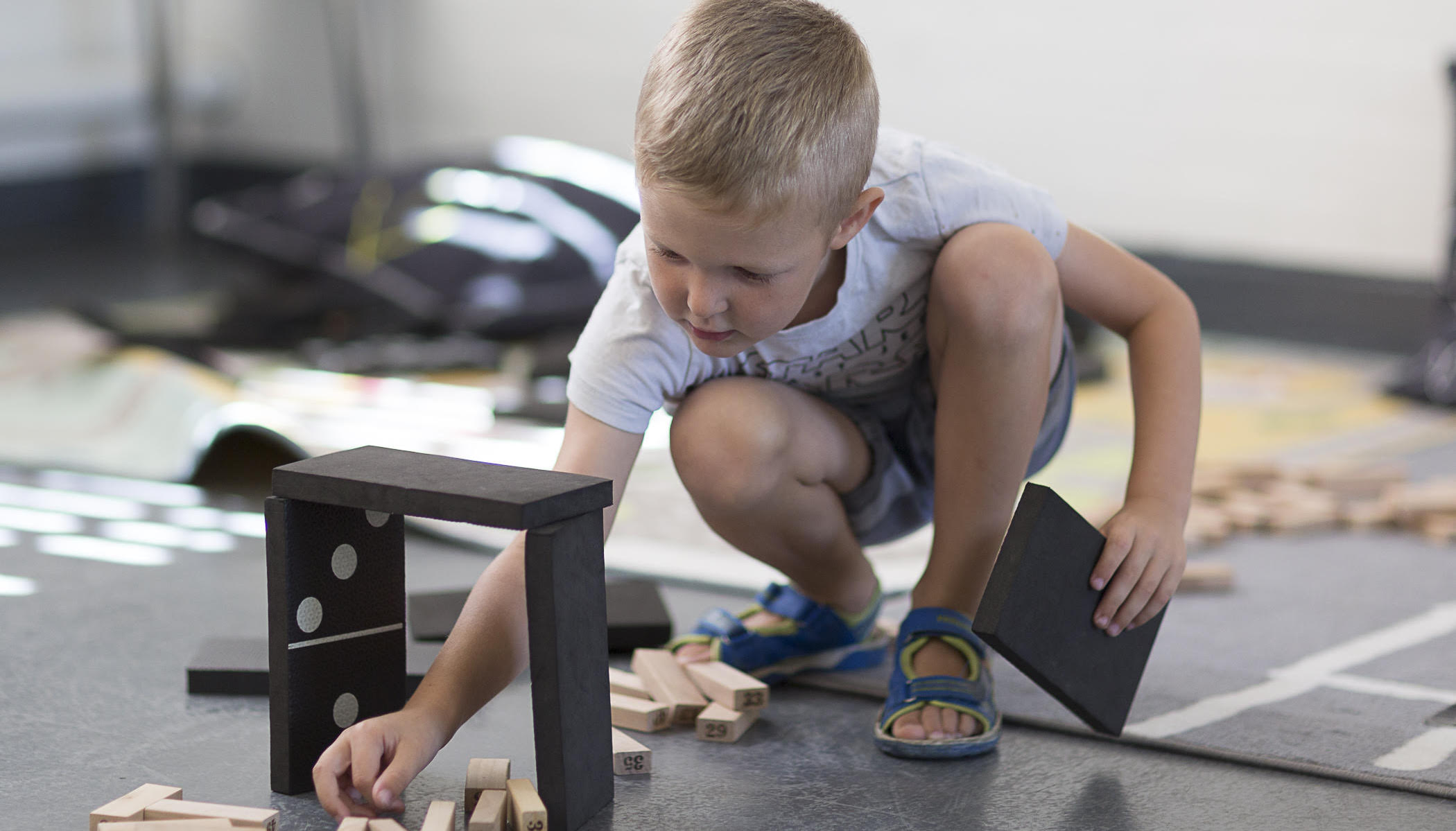
What about The Big Draw inspires you to take part in the Festival? Is there any advice or guidance you would give to someone considering organising their own event?
We have really enjoyed being a part of The Big Draw for the past few years. It is a fantastic way of allowing our visitors to engage with and respond to the Bletchley Park story in a variety of ways. We have found it a great opportunity to be creative, open minded and to try out something new!

Interview by: Matilda Barratt
Bletchley Park is one of our Big Draw Festival 2018 Sponsor Partners.
Interested in taking part in their fantastic #Play2018 Big Draw Festival events from 23-25 of October? We're not surprised! A link to their full programme can be found here.
Interested in visiting a Big Draw Festival event near you this Autumn? Take a look at our Big Draw 2018 events map here, sign up to our localised event alerts here or perhaps you’d like to join our merry band of Big Draw Festival co-creators and organise your very our events?
Visit our Organise an Event page for guidance on getting started.